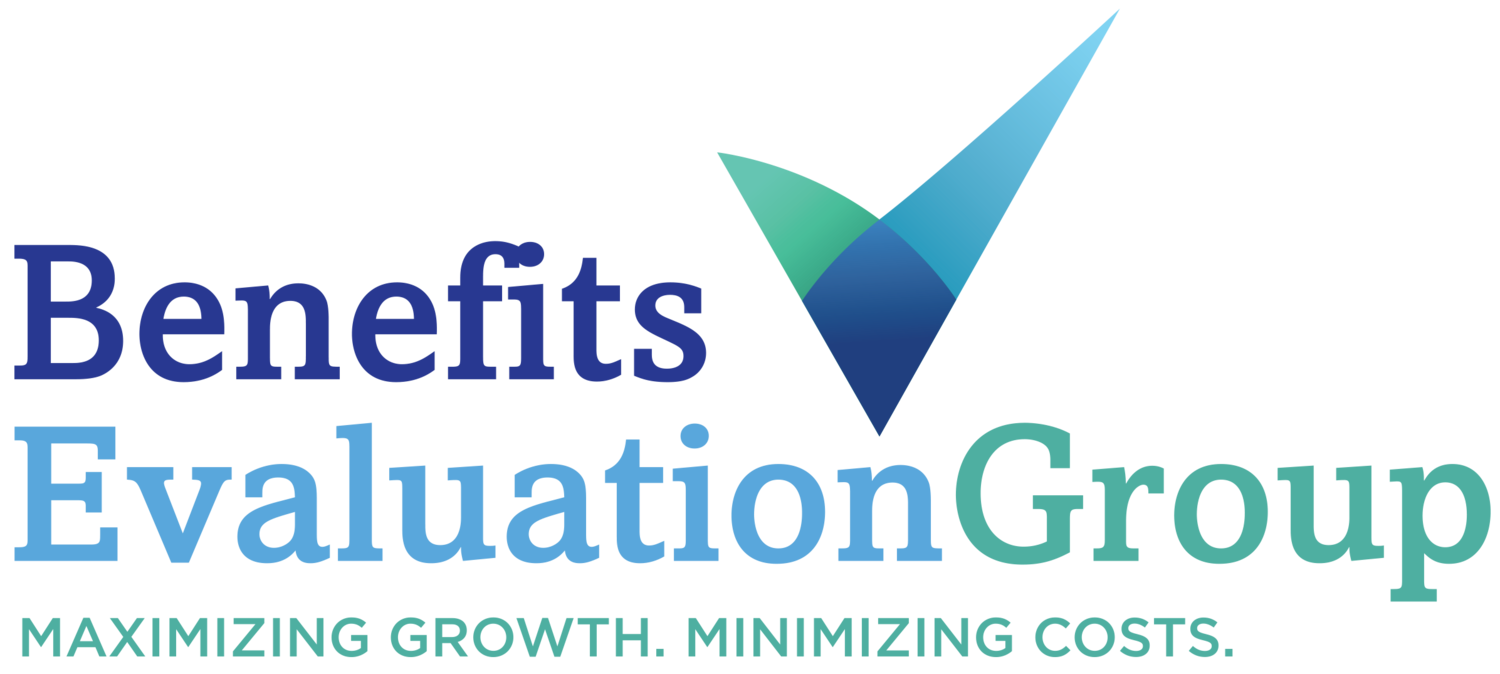FAQs
1. Should I provide health insurance benefits to my employees?
It all depends on your employees. How easily replaceable are they? Are there industry standards specific to your industry or are we competing against union employees? Typically, the more easily replaceable the employee is, the less the need to offer health insurance or a benefits package to keep them. However, if your employees are more difficult to replace then the need to offer health insurance of benefits increases. A good benefits package is designed to attract and retain your employees.
Just calculate the cost of losing a key employee, the effort it takes to do their job while you are looking for a replacement, the cost of recruitment and the cost of training (not to mention getting them up to speed in terms of your company culture, teams, etc.) and you can see how benefits is actually a growth strategy.
If you have 50 or more full-time employees or full-time equivalent employees (FTEs), you are required by the Affordable Care Act to provide health insurance or pay a penalty. If you have less than 50 full-time employees, you aren’t. To give you a perspective of the percentage of businesses providing insurance based on number of employees:
23% of employers with 0 to 10 employees
49% of employers with 0 to 24 employees
73% of employers with 25 to 99 employees
For a complete breakdown of current trends in employee benefits published by MetLife, CLICK HERE
2. How much should health insurance cost me?
It depends. According to the 2018 Employer Health benefits Survey conducted by the Kaiser Foundation, the average annual premiums in 2018 were $6,686 for single coverage and $19,616 for family coverage. However, this is just a national benchmark.
There are many factors that are taken in consideration for premium determination. For example:
Location - premiums are higher in the Northeast than in all other regions of the country.
Average age of employees - a higher average age of covered employees will be more expensive than an average lower age group.
Other factors - claims, deductibles, copays and tax qualifications may impact your premium
How much an employer contributes toward the cost of the premium does vary. The average is 82% of the cost. However, other factors such and industry standards and with the advent of the Federal and State
Healthcare exchanges, there can be a higher contribution for single coverage and less for spousal coverage.
For the complete Kaiser Family Foundation Employer Health Benefits Survey on Benefits Cost, CLICK HERE
3. What options do I have if I want to provide insurance?
If you are considered a “Small Group” you can enroll in a Small Business Health Options Program (SHOP) plan and possibly receive a Health Care Tax Credit if you qualify. Additionally, you can go directly to health insurance carriers in your region or health care benefits can be obtained by enrolling in a PEO (Professional Employers Organization).
If you are considered a “Large Group” you can also go directly to health insurance carriers in your region or enroll in a PEO (Professional Employers Organization). However, additional options include enrolling in a minimum premium plan or creating your own Self-Funded program which in many scenarios has more advantages from a cost perspective than a fully insured plan.
From a broad plan basis, you have four choices: four basic types of health insurance plans. They include preferred provider organization (PPO), health maintenance organization (HMO), point-of-service (POS) plan and high-deductible health plan (HDHP). There are an additional two types of health savings plans: flexible savings account (FSA) and health savings account (HSA). Here’s an overview:
PPO: A Preferred Provider organization is a network of health care providers that lets your employees choose from a list of doctors within the network or a geographic area
HMO: A Health Maintenance Organization, provides health care, but your employees have to use the doctors and health care providers within their organization
POS: A Point of Service plan is as mix between HMO and PPO that requires your employees to choose a primary care provider, and typically features lower out-of-pocket costs
HDHP: A High Deductible Health Plan is like a PPO or POS, features lower monthly premiums but very high deductibles.
The Flexible Savings Account (FSA) and the Health Savings Account (HSA) are savings accounts owned by the employer or the employee respectively, used to pay for medical and health expenses like co-pays, deductibles and in the case of the FSA, health insurance premiums
4. What is a PEO and should I consider it?
A PEO (Professional Employer Organization), is a third-party outsourced solution for HR, payroll, benefits, workers' compensation, and compliance. These issues are typically detail oriented and compliance-based and thus take time and concentration to make sure things are done correctly. With a PEO you are empowered to focus on your day-to-day business instead of concentrating time and effort on back-end office administration. So, in other words a PEO can supply a small business with fortune 500 company benefits, compliance and Human Resource functions without, in many cases, any additional outlay of costs.
5. Do I have to cover family members of employees?
No, however, based upon your industry and key employees you may want to consider contributing toward the cost of Family coverage. For those people who are critical to your business how much would it cost you in time, effort and yes money to replace them.
Some employers choose to pay a larger percentage of health care premiums for the employee only. Many smaller employers simply can’t afford to contribute. In addition, some employees have spouses that work for larger employers that already provide family coverage.

